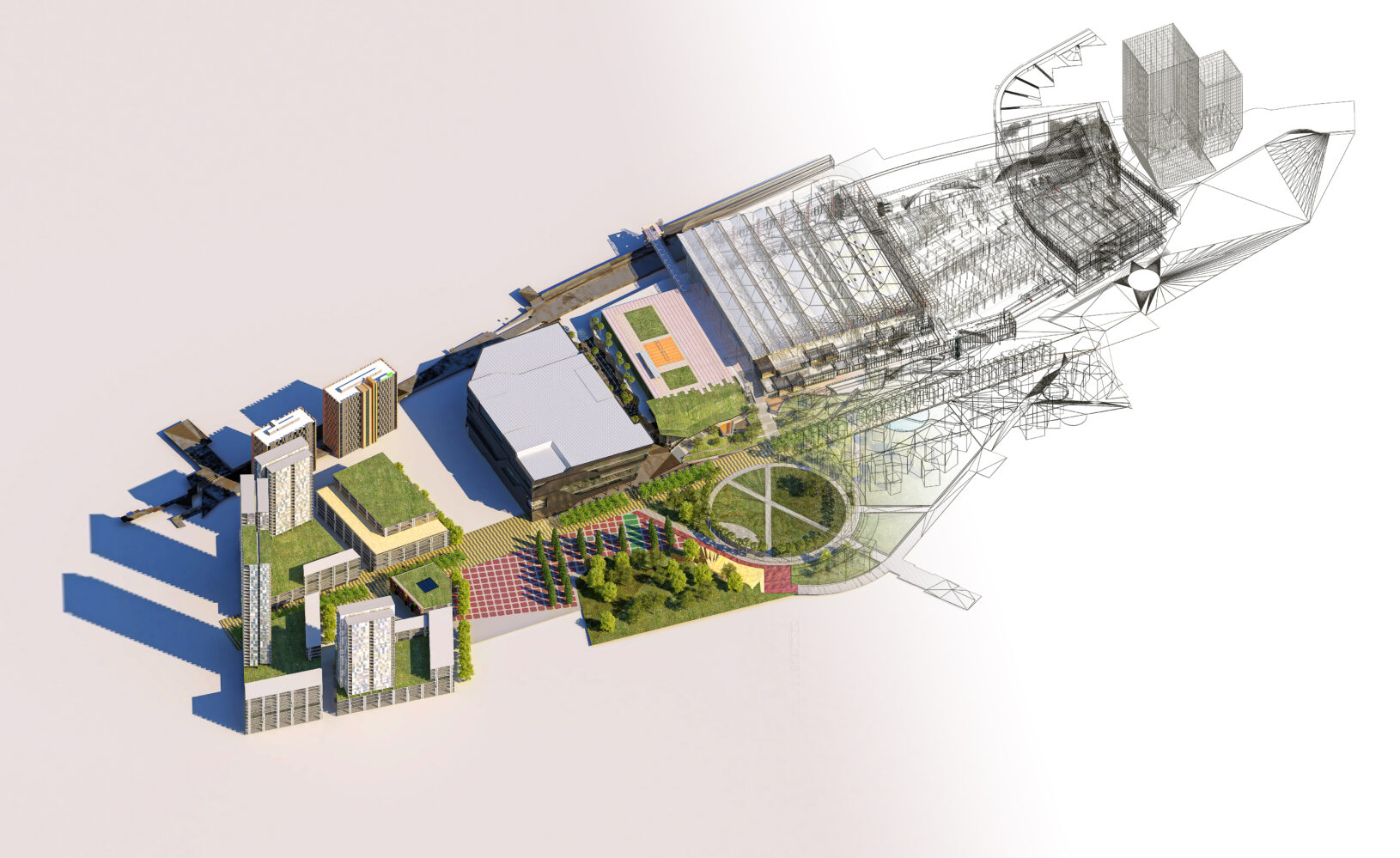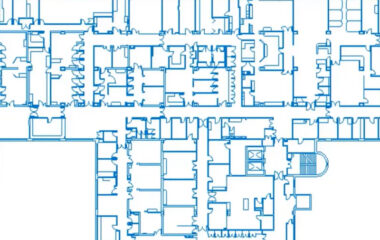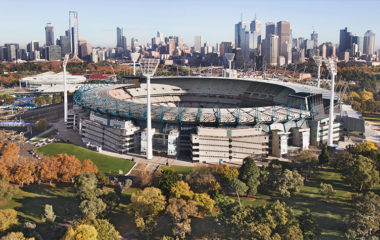Marc Watkins, Business Development Director at Service Works Global, is featured in the November Issue of Public Sector Build Journal, discussing how retrofitting existing buildings with BIM technology can improve building capabilities and how it can help building owners during the RAAC crisis. Read more on pages 28-29.
Building information modelling (BIM) is all about knowing what a building is made of and how it has been constructed. The recent press coverage of the use of RAAC (reinforced autoclaved aerated concrete) in schools and public buildings, and the significant health and safety risks posed by its usage, has highlighted the need for building owners and managers to understand how their facilities have been built.
If a building is not constructed using BIM data, laser scanning technology can be deployed to create a digital picture of the space and how it fits together. As this technology becomes more cost effective and accessible, more buildings are retrofitting the use of BIM. The laser scans are built into a point cloud at high speed with such precision that highly-accurate 3D images of external and internal surfaces and rooms can be produced.
This includes not only room dimensions but intricate details of designs and furnishings. The laser scanning output, combined with site surveys, help to create a clear picture of the building and its composition, including materials and design.
While BIM is easiest to implement in new builds where information can be handed across after the construction phase and a scan can be taken during the build process, retrofitting older buildings with BIM is becoming more popular and, in some cases, a necessity.
Retrofitting BIM
Digital 3D models of buildings lay the Foundation for an updated BIM model. These can be adapted to suit the requirement of the individual facility and captures detailed building and asset information, including location, warranty, materials and much more.
So, while one reason to create a 3D model might be as ‘insurance for a catastrophe, the models have numerous uses as soon as they are developed.
For historic buildings that require an extra level of care and attention, 3D models can become a game-changing tool for the people in charge of those spaces. The tragedy of the Notre Dame fire in 2019 meant the famous cathedral was severely damaged. The incident triggered many owners of all types of buildings to retrofit their estates with laser scans, so they have an up-to-date digital building model to refer to whenever necessary.
Drawings just won’t cut it anymore. Retrofitting with BIM also enables many other benefits for facilities management including integration with CAFM systems for more efficient maintenance and ongoing building management. The 3D model can be shared with building managers, architects, historians – anyone who might require access. This is especially useful for maintenance and repair projects, as all stakeholders can work with confidence that the digital model will deliver on their needs.
Creating the right set up
As more new projects embrace BIM, it will be harder to operate a building without this technology. When setting up for retrofitting with BIM, the first action is the building asset register. These vary across sectors and building types. Some asset registers are succinct and include all the relevant information, while some can be disparate or outdated, such as an Excel spreadsheet or architectural drawings.
A completed 3D model will give peace of mind, but the benefits don’t end there. When integrated with CAFM software, changes to assets will be automatically updated in the 3D model. This means that the model will always be up to date, which is not the case with drawings.
From this, facilities managers can build an accurate maintenance regime and further allow for better and more efficient reactive maintenance. The information provided in the BIM model, when connected to a CAFM system, allows contractors to see, in advance, the exact make/model of the item they need to fix, its location, component parts and any previous maintenance data, therefore, ensuring the correct tools and equipment are selected.
This reduces business downtime and keeps maintenance smart and efficient as contractors don’t need to do preliminary site visits. Labour costs are lower and there is less energy and time wasted overall.
The future of BIM
As technology continues to develop, the capabilities within a BIM system will grow. The introduction of Al into this technology will bring even greater benefits. By integrating Al, technology can learn when reactive and planned maintenance typically takes place and will predict when part of the building needs maintenance, reducing downtime completely.
Retrofitting BIM into existing, older buildings will also improve progress for businesses with sustainability and social responsibility agendas. By having a clear image of your building and its assets, it is easier to find solutions for energy inefficiencies. As facilities managers strive for better sustainable solutions, the move to retrofitting BIM for public sector buildings will continue to support those goals.
What does RAAC mean for public sector buildings?
The RAAC crisis is affecting various public sector buildings from schools and hospitals to courts and offices. By retrofitting buildings with BIM technology, managers can understand the materials within the building structure. If the building does have RAAC material within it, the system can keep close track of its condition through planned maintenance checks and storing that data in the system. Al capabilities can then accurately predict the material’s lifecycle and when it will need replacing to keep the building from facing bigger issues later down the line.
For all building managers, BIM is a tool used to improve estate management and manage risks safely. By retrofitting your building with this technology, you can keep on top of maintenance schedules and ensure better preservation of the building itself, reducing the need for new materials, eliminating wasted energy and, ultimately, keeping building occupants happy.
 UK
UK






